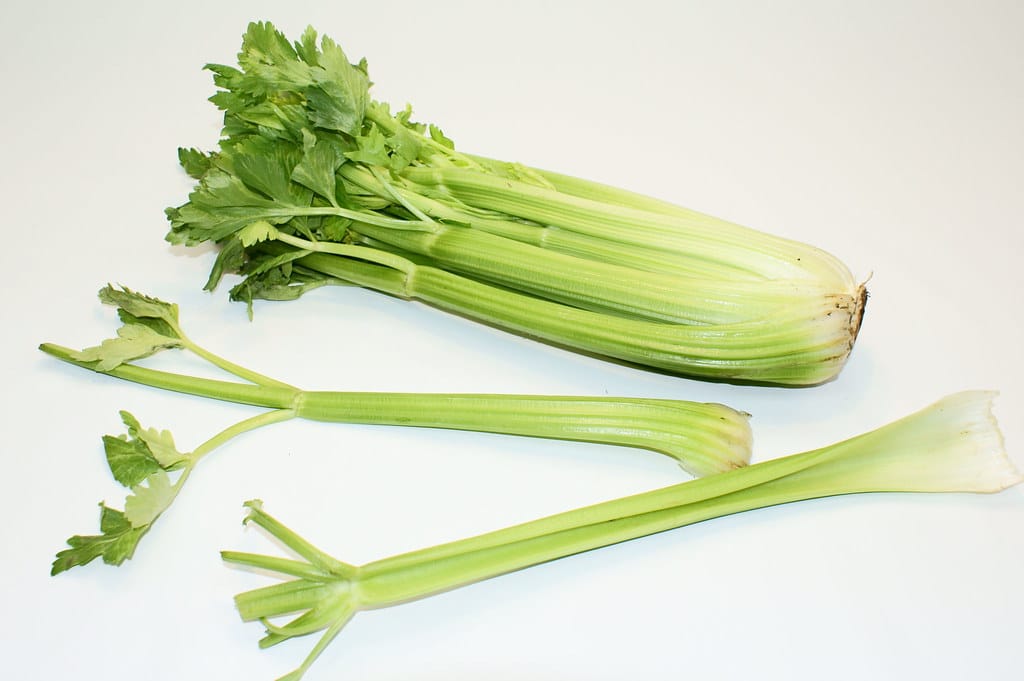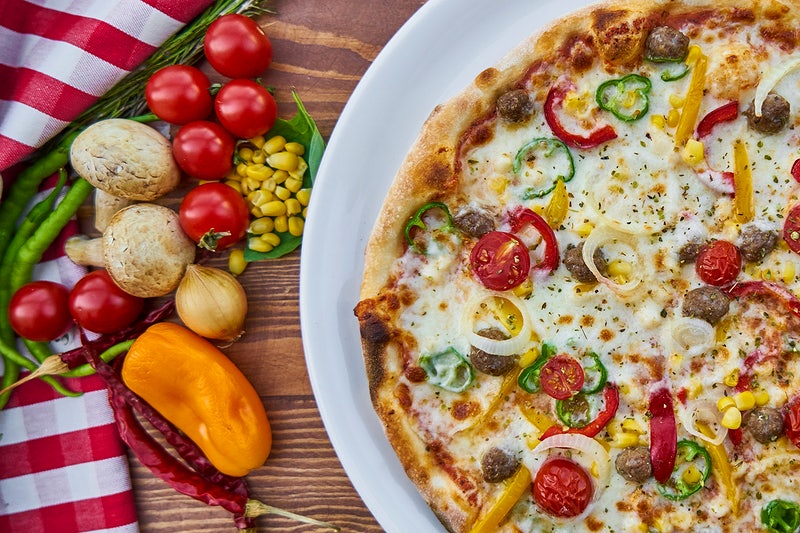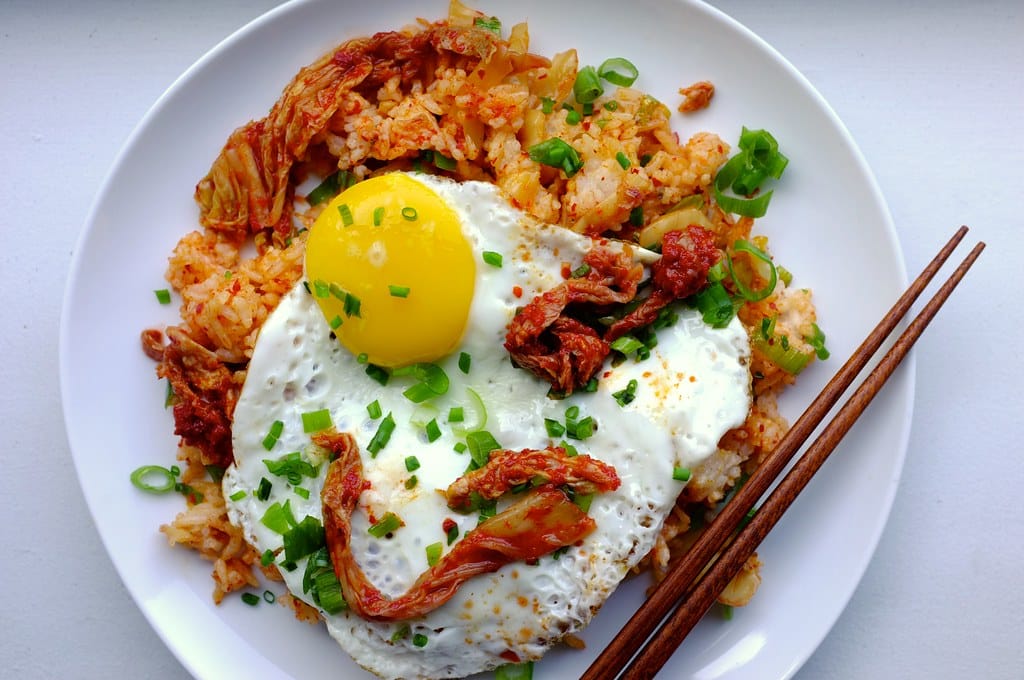Vanilla extract comes from tropical vines where small flowers turn into pods packed with flavor. The pods get sun-dried and aged slowly, which unlocks their deep, sweet smell that so many enjoy. People who love cooking or baking will find this story just as tasty as the extract itself. Discovering where vanilla begins reveals the hidden magic that makes this flavor so special around the world. Imagine natural magic that transforms each drop into liquid gold. This tale will shift the way flavor feels and explains why vanilla keeps winning hearts everywhere. Keep reading to find out the secret behind this timeless favorite.
If you don’t know what vanilla extract is or how it’s made, here’s everything you need to know.
What is the primary flavor in vanilla extract?
The primary flavor in vanilla extract is vanillin, a compound that gives vanilla its distinct aroma and taste.
However, there are other compounds that give vanilla its signature fragrance and flavor.
In addition to vanillin, these include acetovanillone (which imparts the caramelized flavor), coumarin (the sweet floral scent), and coumaryl acetate (which contributes notes of cinnamon).
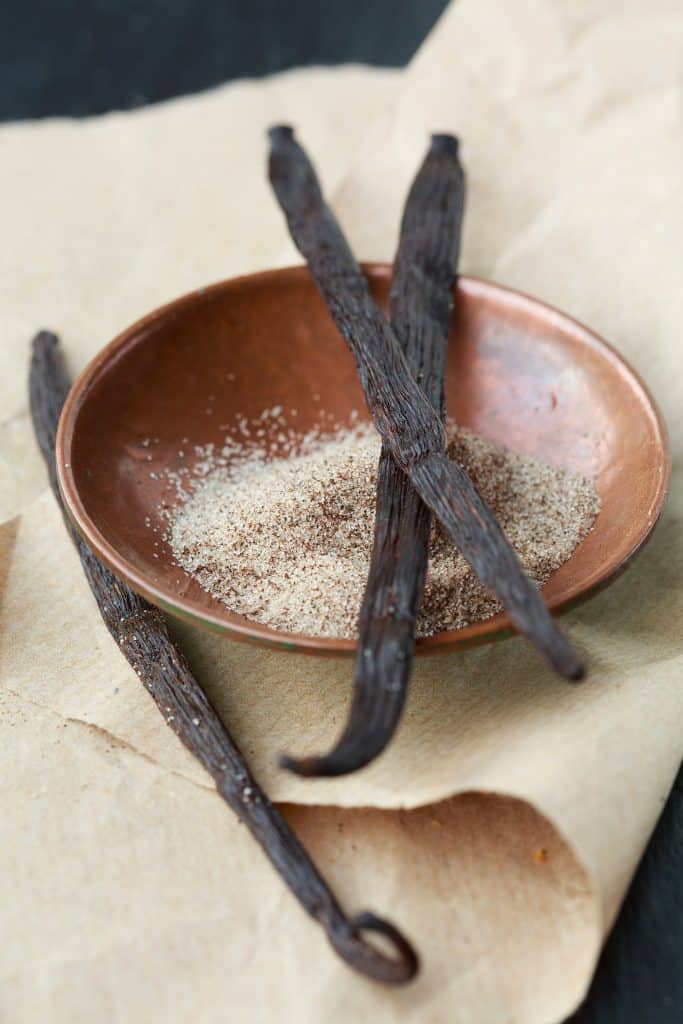
How is vanilla extract made?
Vanilla extract is produced by soaking vanilla beans in alcohol.
When the vanilla beans are exposed to heat, they produce vanillin, along with other aromatic compounds.
This process is carried out through two stages: drying and maceration.
1. Drying the Bean
First, vanilla beans must be dried.
The beans will shrivel up after this step, but the process preserves their essential oil.
To dry the beans, they are first placed in an oven at a temperature of 110°F until completely dry.
Dried beans are then removed from the oven and cooled before being transferred into a container or bag for storage.
Once stored, vanilla beans continue to release volatile oils as they age, so they should be replaced every six months.
2. Macerating the Beans
Next, vanilla beans must be macerated.
Maceration is the process of soaking vanilla beans in alcohol for several hours as the beans slowly release their essential oils.
This process is necessary because the beans themselves contain very little pure vanillin.
Instead, the beans provide a source of aromatic compounds such as vanillin, acetovanillone, coumarin, and coumaryl acetate.
As the beans soak in the alcohol, these compounds break down into smaller compounds called esters, which are extracted and bottled separately.
When a commercial vanilla extract manufacturer completes the maceration process, the resulting liquid will have about 10-15% vanillin content.
However, it may also contain other volatile compounds like vanillin acetate and phenyl ethyl alcohol.
These compounds are not considered part of the “extract,” since they were not extracted from the beans during the maceration process.
After the maceration process, vanilla extract is ready to use in cooking and baking.
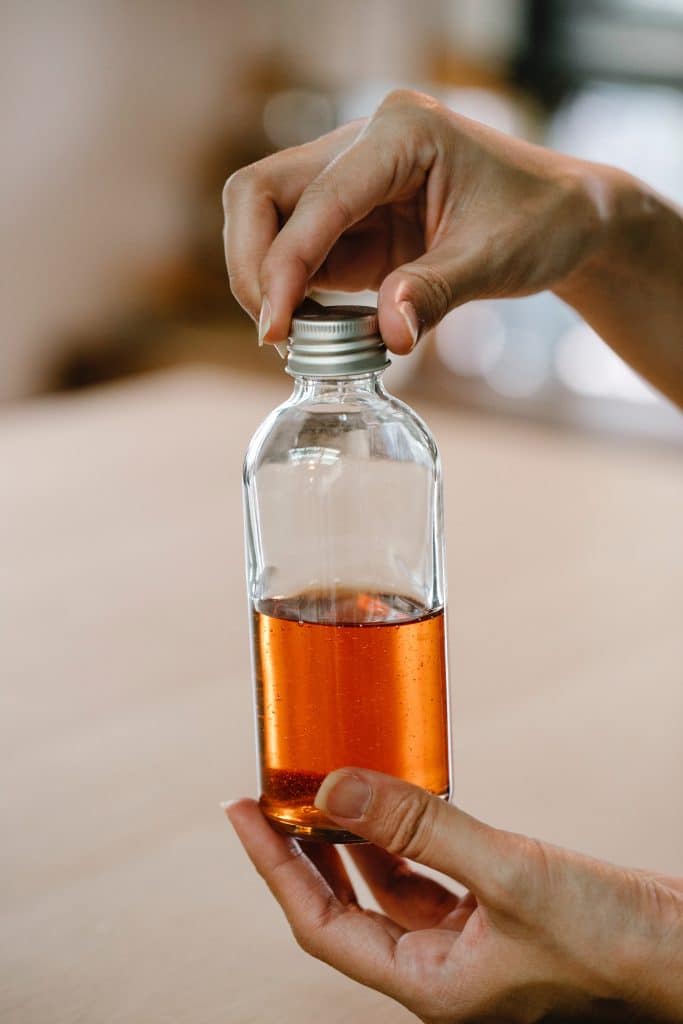
What is the difference between natural and artificial vanilla extract?
Natural vanilla extract refers to extracts made from organic vanilla beans.
They typically have higher prices than their synthetic counterparts.
Natural vanilla extracts will often contain more complex flavors and aromas.
Synthetic vanilla extracts, on the other hand, are manufactured by heating vanillin with sodium hydroxide to form 2-(4-hydroxy-3-methoxyphenyl)ethanol (also known as vanillin).
This chemical contains no additional flavorings beyond its main ingredient.
It is then combined with ethanol and water to create the extract.
Where does vanilla extract come from?
In order to produce vanilla extract, vanilla beans must be harvested from the plant Vavilovia forma gracilis.
This plant is found primarily in Mexico and Guatemala, although it is also grown in Madagascar, India, Indonesia, Nepal, and Sri Lanka.
The plants grow up to 20 feet tall and are pollinated by birds and bats.
When harvested, most vanilla beans are green or yellowish brown in color, with a diameter of around 1 inch.
They are usually sold whole, although they sometimes come cut in half.
How long does vanilla extract last?
Vanilla extract is generally stable for one year when stored in a cool location away from light and moisture.
If kept in a dark cupboard, it will likely stay fresh for about two years.
Since vanillin begins to degrade over time, it is best to replace your extract once every six months.
You can check the expiration date printed on the label.
In general, though, vanilla extract should be consumed within a few months of opening.
How much vanilla extract should be used in baking?
There isn’t a hard and fast rule regarding how much vanilla extract you should add to baked goods, but it is always safe to start with less and add more according to your recipe guidelines.
A good starting point is 2 teaspoons per pound of flour.
For example, if you are making a cake, you would typically want to add 3/4 teaspoon of vanilla extract per egg.
What are some substitutes for vanilla extract?
While vanilla extract is the most commonly used spice in baking, there are other options available.
Some people prefer to use vanilla powder, while others choose to make their own extract at home using vanilla beans.
In either case, any of these options would work well in recipes calling for vanilla extract.
If you decide to use powdered vanilla, make sure to measure it carefully.
There are many types of vanilla powders available, each with different flavor profiles.
Many manufacturers claim to offer the same amount of vanilla flavor as vanilla extract, but you cannot simply substitute one type of powder for another.
Each type of powder contains varying amounts of vanillin, so you will have to experiment to see how much you need to compensate for.
It is possible to make your own vanilla extract by boiling vanilla beans in vodka for 24 hours.
After the mixture is strained, the solution can be kept indefinitely.
While it may seem like an inconvenient option, homemade vanilla extract makes a great gift for those who love to bake.
Just remember to keep it refrigerated after opening.
What are some common uses for vanilla extract?
Although vanilla extract is commonly associated with desserts, it actually serves a variety of purposes including the following:
Flavored syrups
Beverages
Cocktails
Soups
Salads
What are some tips for using vanilla extract?
Using vanilla extract properly requires a bit of preparation.
First, prepare all ingredients ahead of time.
This way, you won’t be wasting precious time trying to find the right measurement of vanilla extract when you are ready to mix it into your batter.
Second, always shake your mixing bowl prior to adding ingredients to prevent lumps from forming.
Lastly, let your food cool completely before serving to ensure that all of the vanilla extract has been absorbed into the dish.
Any leftovers should be discarded.
Learn more about how to make Vanilla Bean Ice Cream.
How can I tell if my vanilla extract has gone bad?
Since vanilla extract is a concentrated product, you should not be able to smell rotten vanilla.
However, you can still detect whether your extract will spoil by tasting it.
If the flavor is too weak, it could mean that the vanilla beans have lost their potency.
Another sign of spoiled vanilla extract is discoloration, although this is rare.
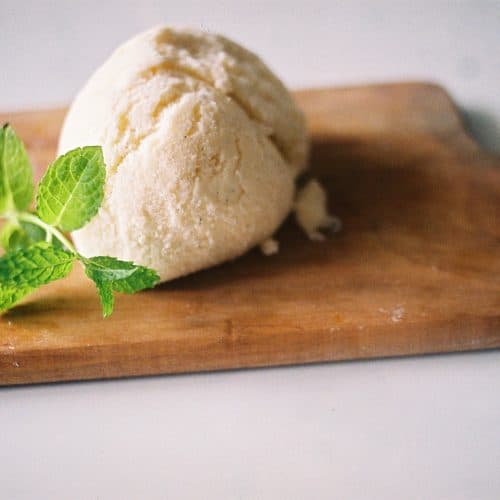
Vanilla Bean Ice Cream Recipe
Equipment
- 1 freezer
Ingredients
- 1 cup heavy cream
- 1 cup whole milk
- 1/2 cup granulated sugar
- 1 vanilla bean split and seeds scraped
- 4 egg yolks
- 1/2 teaspoon pure vanilla extract
Instructions
- Combine the cream, milk, sugar, and vanilla bean in a medium saucepan over medium heat. Cook the mixture until it comes to a simmer, stirring occasionally.
- In a separate bowl, whisk together the egg yolks. Slowly pour the hot cream mixture into the egg yolks, whisking constantly.
- Pour the mixture into the saucepan and cook over low heat until it thickens and coats the back of a spoon.
- Remove from heat and stir in the vanilla extract.
- Pour the mixture into a container and refrigerate for at least 4 hours or overnight.
- When ready to serve, churn the mixture in an ice cream maker according to the manufacturer’s instructions. Serve immediately or store in the freezer for later. Enjoy!
Video
Nutrition
- 25 Homemade Sour Cream Recipes - November 3, 2025
- 25 Simple Lemon Dessert Recipes - November 3, 2025
- 25 Best Jello Recipes - November 3, 2025
